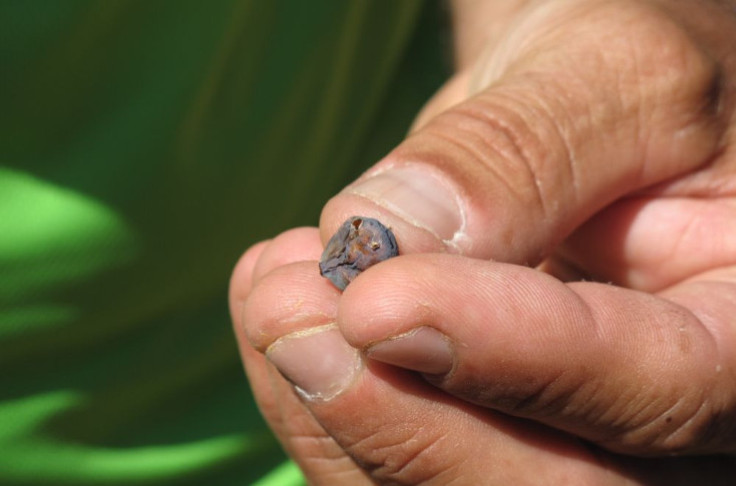A new weapon for combatting grapevine moths

he insecticide Coragen is returning to vineyards. After losing its authorisation to combat grapevine moths in 2020, it has just regained it. Going forward, winegrowers using conventional methods can use it to combat the European grapevine moth and grape berry moth along with eulia and cryptoblables, but only for one application every other year.
Coragen contains 200g/litre of chlorantraniliprole (RynaXypyr), “An active substance with a unique mode of action belonging to the diamide class. It is a muscle blocker. Coragen causes muscle paralysis and as the insect can no longer move or feed itself, it dies”, explains Patrick Bergougnoux, insecticide product manager and national technical head for perennial crops at FMC France.
Coragen is an ovicide, ovo-larvicide and a larvicide. It is applied at the beginning of the egg-laying cycle through to the black head stage and the start of hatching. “But the earlier it is applied, the better”, specifies Bergougnoux. Coragen has instant action for 14 days and persistent action for 21 days. It is authorised for doses of 0.175 litres/hectare. FMC recommends the dosage for combatting grape berry moths and cryptoblables but a lower dosage of 0.15 litres/ha for grapevine moths. FMC equates its efficacy with that of commercially available high-end products, potentially even higher.
Coragen does not have a toxicological classification but is rated H410 – very toxic for aquatic organisms – from an eco-toxicological perspective. It does not harm beneficial insects.






